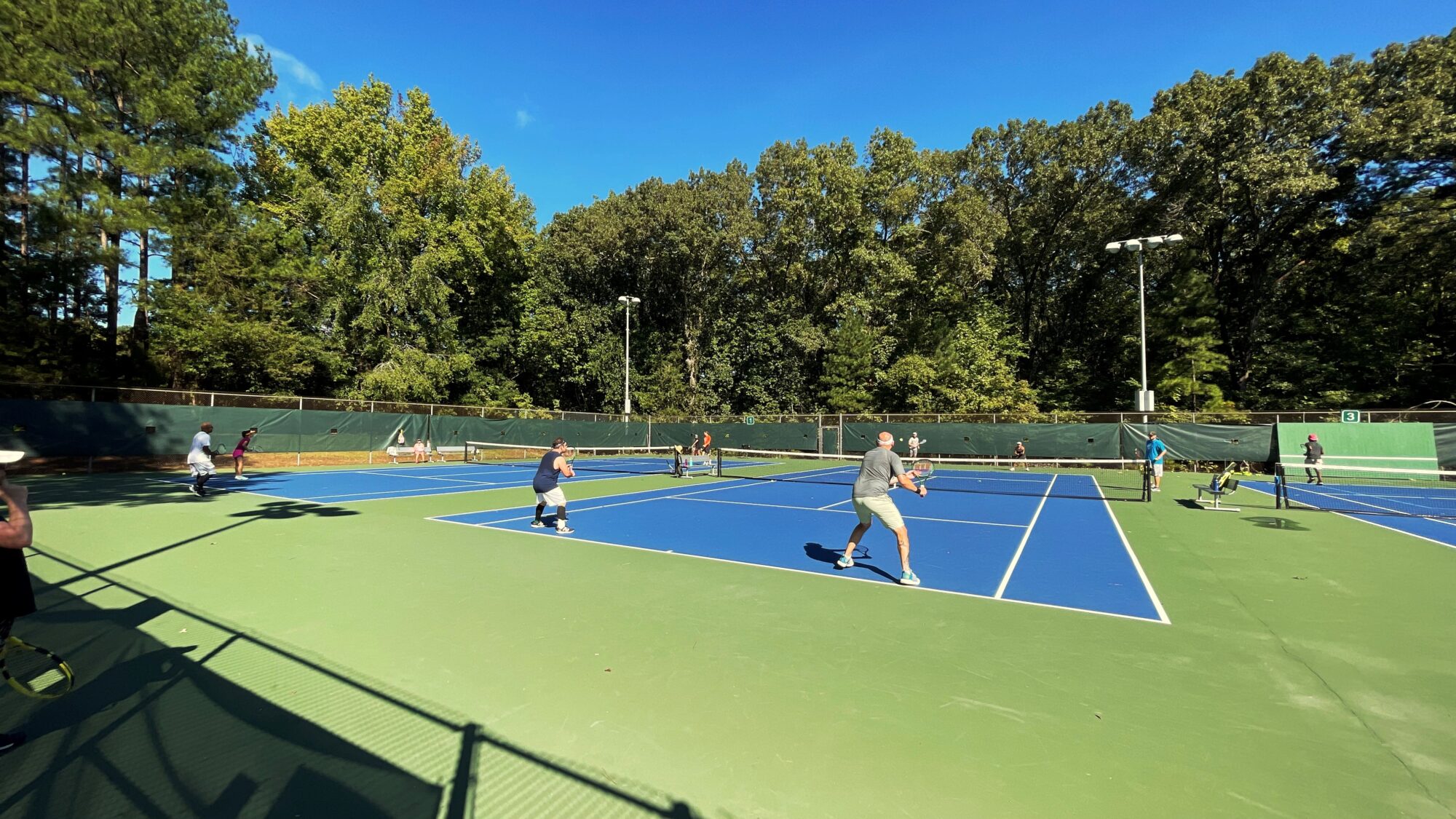
Parks and recreation areas are fundamental components of a thriving community, acting as the lungs of urban environments and the heartbeats of towns and cities worldwide. These spaces are not just patches of green or playgrounds scattered across a map; they are vital for fostering community cohesion, enhancing the well-being of residents, and promoting a sustainable way of living. This article delves into the importance of parks and recreation in community design, happiness, and health, highlighting how these spaces contribute significantly to the quality of life in urban settings.
Community Design and Social Cohesion
In the realm of community design, parks and recreation areas serve as essential gathering spots that promote social interaction and inclusivity. These spaces are designed to be accessible to everyone, regardless of age, socioeconomic status, or physical ability, making them unique places where diverse community members can come together. By offering a venue for community events, sports activities, and leisure, parks help forge strong bonds among residents, fostering a sense of belonging and community spirit. The thoughtful integration of green spaces into urban planning can also enhance the aesthetic appeal of a neighborhood, increase property values, and attract businesses and visitors, contributing to the overall economic vitality of the area.
Happiness and Mental Well-being
The correlation between access to parks and recreation and the happiness of a community’s residents is well-documented. Natural environments have a profound effect on human psychology, offering a respite from the hustle and bustle of city life. Green spaces provide a sanctuary for relaxation, reflection, and recreation, contributing to reduced stress levels, improved mood, and increased overall happiness. The presence of trees, plants, and water features in urban parks also contributes to a more pleasant environment by mitigating pollution and reducing the urban heat island effect, making cities more livable and enjoyable.
Moreover, parks and recreational areas offer opportunities for residents to engage in physical activities, such as walking, jogging, cycling, and playing sports, which are crucial for maintaining mental health. Regular physical activity in green spaces has been linked to reductions in symptoms of anxiety and depression, highlighting the critical role parks play in supporting mental well-being.
Health and Physical Well-being
The health benefits of parks and recreation areas extend beyond mental health, significantly impacting physical well-being. These spaces encourage an active lifestyle, providing facilities for exercise and sports that help combat obesity, heart disease, diabetes, and other lifestyle-related health issues. Access to recreational areas promotes regular physical activity, which is essential for maintaining a healthy weight, improving cardiovascular health, and enhancing physical fitness.
Furthermore, parks contribute to environmental health, which in turn affects human health. They act as green corridors that improve air quality, offer shade, and support biodiversity. By integrating nature into urban areas, parks and recreation spaces not only provide habitat for wildlife but also create healthier environments for people to live in.
The Role of Parks and Recreation in Sustainable Community Design
Incorporating parks and recreation areas into community design is a key strategy for achieving sustainable urban development. These spaces are critical for balancing urban expansion with environmental conservation, offering ecosystems services such as stormwater management, air and water purification, and carbon sequestration. By prioritizing green space in urban planning, communities can mitigate the adverse effects of urbanization on the environment and ensure the long-term health and happiness of their residents.
In conclusion, parks and recreation are indispensable to community design, contributing significantly to the happiness and health of urban populations. These spaces offer a multitude of benefits, from fostering social cohesion and enhancing mental well-being to promoting physical health and environmental sustainability. As cities continue to grow, the integration of thoughtfully designed parks and recreational areas will be crucial for creating livable, healthy, and happy communities. By investing in green spaces, communities invest in their most valuable asset: the well-being of their residents.
